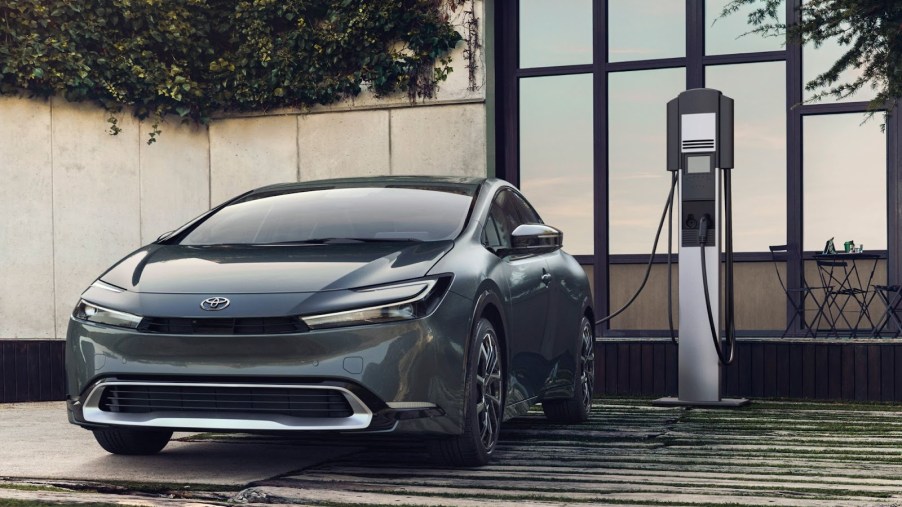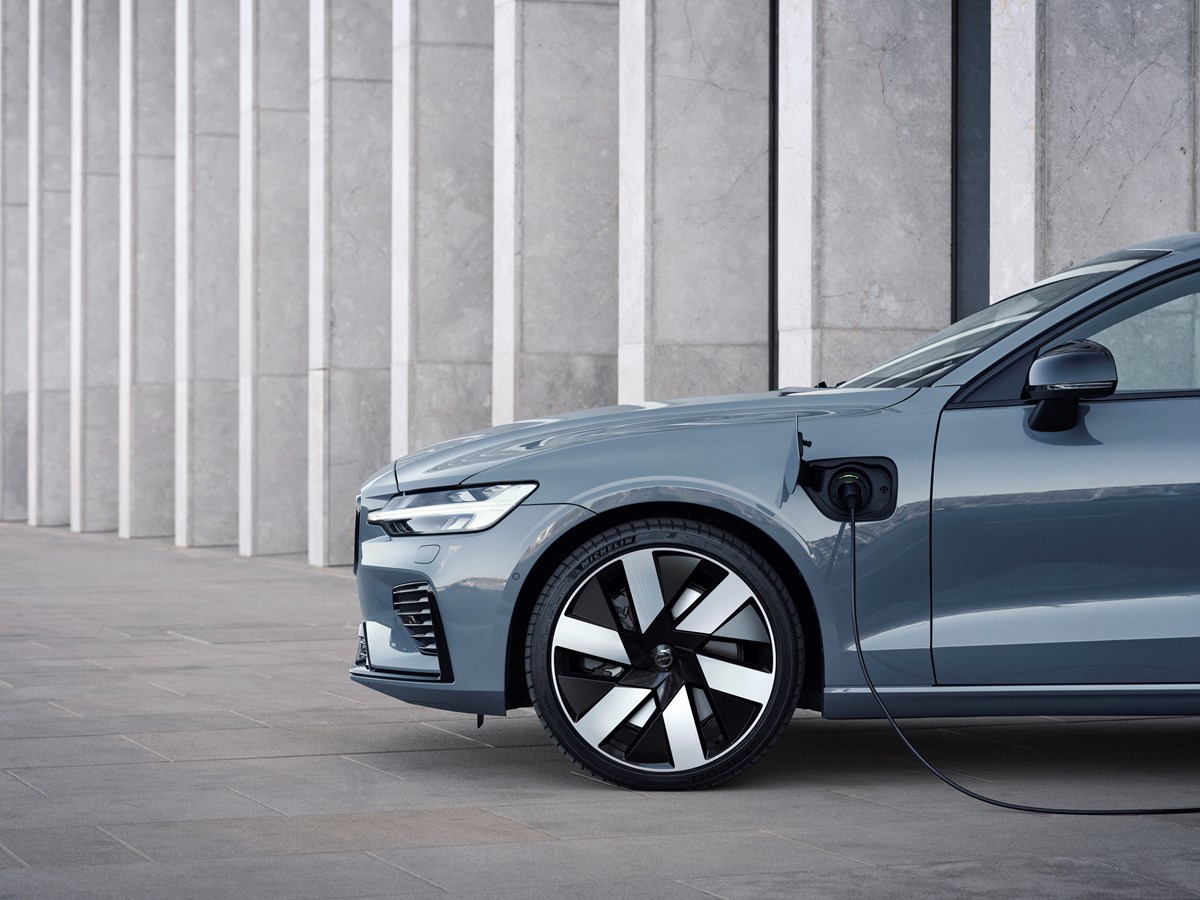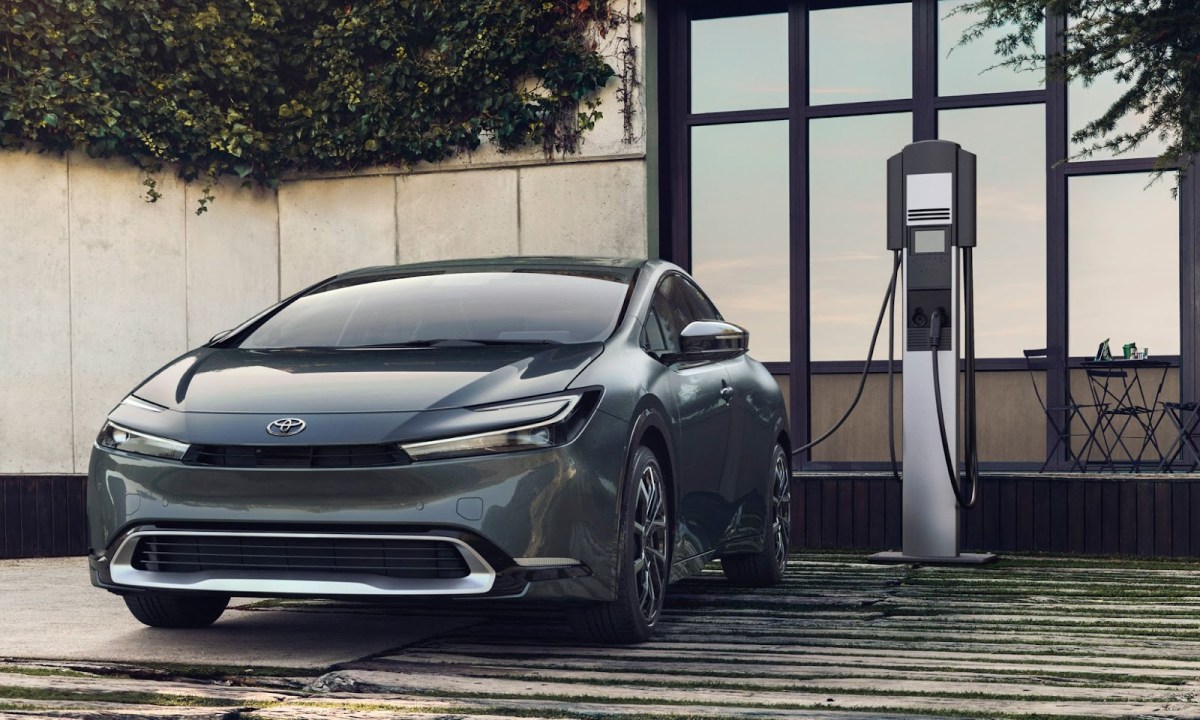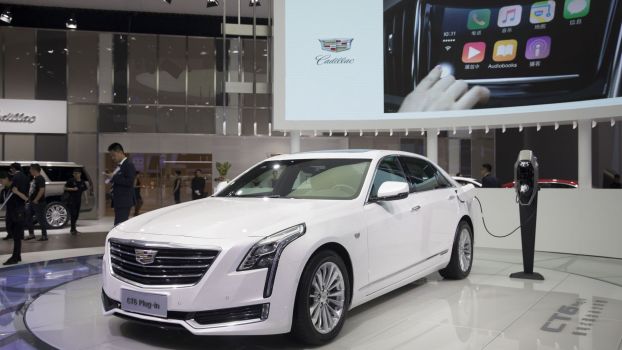
3 Reasons to Choose a Plug-in Hybrid over an EV
While the automotive industry continues to focus on electric vehicles, environmental concerns and costs are keeping many buyers on the sidelines. However, a good alternative to a full-EV could be the plug-in hybrid. With more flexibility, lower costs, and smaller battery packs, a PHEV might just be the ideal bridge to electrifying America’s cars.
1. Daily drive on electric power
Since all plug-in hybrid models allow drivers to travel on electric power alone, you can make short trips without burning any fuel. For most, that means daily commutes without ever dipping into the gasoline engine. In the U.S. the average daily one-way commute is just over 20 miles. For most plug-in hybrid models, drivers could leave the house with a full charge and then plug in at the office. And with more and more plug-in hybrid models approaching 40 miles of electric range, it is possible to think that the complete round trip may not require plugging in at all.

2. Plug-in hybrid cars offer more flexibility than EVs
When it’s time to head out for a long road trip, plug-in hybrid vehicles really show their strengths. When planning a long-range trip with an EV, you have to plan your route to include charging stations at the proper intervals. That’s assuming that the charging stations actually work as expected upon arrival. However, the flexibility of a plug-in hybrid lets drivers use traditional gasoline along with electric power to maximize range. If there aren’t any functional charge points between stops, a traditional gas station will do the job. Plug-in hybrids alleviate the range anxiety of an EV and allow for more enjoyable road-tripping.
3. Smaller batteries are better for the environment
While electric vehicles are considered an environmentally-friendly choice, there are new concerns about sourcing EV battery materials. The massive batteries found in longer-range EVs like the Lucid Air and Rivian R1T are material intensive. The mining process is tough on the environment, requiring thousands of liters of water and a fleet of heavy machinery. That’s before dealing with the required effort of refining and packaging EV batteries for installation. Plug-in hybrids use smaller batteries than EVs, making them a safer choice.
A report from Science Direct indicates that the areas surrounding lithium mines experience both water and air pollution. In addition, there are indications of biodiversity loss in these areas. The toxic chemicals involved in the mining process can too easily leach into the nearby environment. In turn, the process harms both people and animals in the area. Furthermore, most lithium mines are located in dry areas, which means diverting water from areas with already limited access to potable water.
By adopting a plug-in hybrid rather than a full EV, fewer raw materials are required. This means that the overall environmental impact of production is reduced. At the same time, most drives with a PHEV won’t require burning any fossil fuels. As such, plug-in hybrids are the best of both worlds when it comes to environmental impact.

Popular plug-in hybrid cars
There are several great plug-in hybrid models to choose from, including luxury cars and even some sports cars. Of course, models like the Toyota Prius Prime and Sonata plug-in hybrid are both affordable and capable choices.
Meanwhile, luxury options like the BMW 330e and Volvo S60 Recharge provide incredible comfort, performance, and over 30 miles of electric range. You can even have the Porsche Panamera as an e-hybrid with over 300 horsepower and nearly 20 miles of range on EV power alone.
Looking back, a pre-owned Honda Insight PHEV or Ford Fusion Energi can be had for less than $20k and offer over 25 miles of all-electric range. Other pre-owned plug-in hybrid EVs include the Hyundai IONIQ, Honda Clarity, and Chevy Volt.




